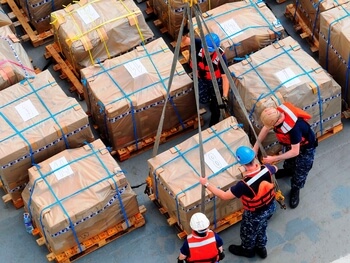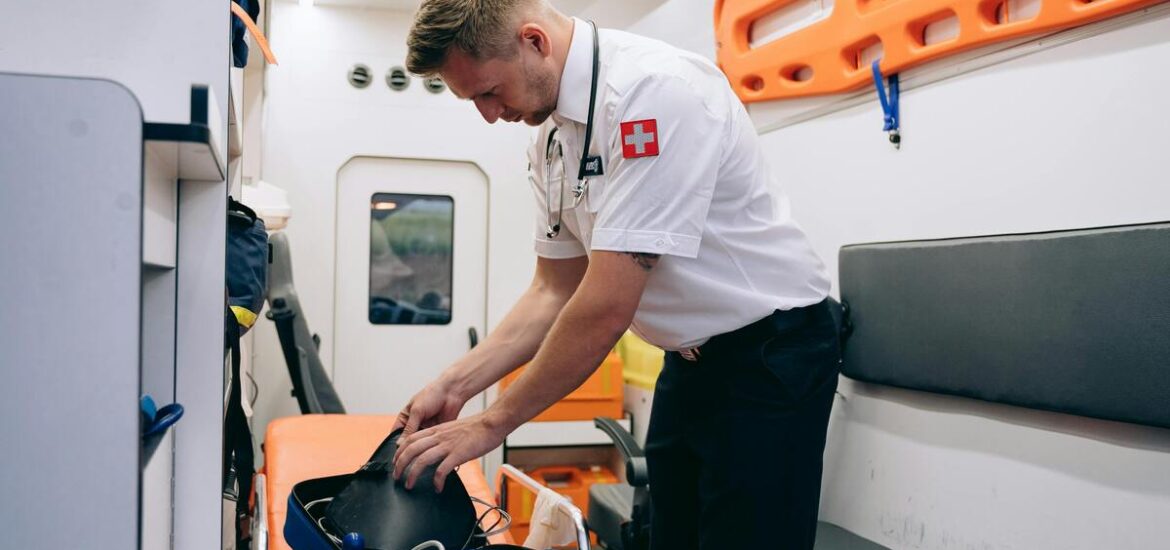Transporting medical supplies is a critical component of healthcare logistics, ensuring that vital equipment, medications, and materials reach their destinations safely and efficiently. From the transport of vaccines and pharmaceuticals to the delivery of life-saving equipment, the transportation of medical supplies requires careful planning, adherence to regulations, and a focus on maintaining product integrity. In this guide, we’ll explore the key considerations and best practices for transporting medical supplies.
 Understanding the Importance of Transporting Medical Supplies
Understanding the Importance of Transporting Medical Supplies
The timely and secure transport of medical supplies is crucial for maintaining the health and well-being of patients.
Whether it’s delivering vaccines to remote areas, transporting temperature-sensitive medications, or distributing medical equipment to healthcare facilities, efficient logistics are essential for ensuring that supplies reach those in need when they need them.
Key Considerations for Transporting Medical Supplies
- Product Sensitivity: Different medical supplies have varying sensitivity to factors such as temperature, humidity, and light. It’s essential to understand the specific requirements of each product to ensure its integrity during transport.
- Regulatory Compliance: Adherence to local, national, and international regulations is critical when transporting medical supplies. This includes requirements for packaging, labeling, and documentation.
- Transportation Mode: Choose the most appropriate mode of transportation based on the nature of the supplies, the distance to be traveled, and the urgency of the delivery. Options include air freight, road transport, sea freight, and courier services.
- Packaging and Handling: Proper packaging is essential for protecting medical supplies during transport. Use packaging materials that provide adequate protection against impact, temperature fluctuations, and contamination.
- Temperature Control: Many medical supplies, such as vaccines and biological products, require strict temperature control during transport. Use temperature-controlled packaging and vehicles to maintain the required temperature range.
- Security and Tracking: Ensure that medical supplies are secure during transport and that they can be tracked in real-time. This helps to prevent theft, loss, or tampering with the supplies.
Best Practices for Transporting Medical Supplies
- Plan Ahead: Develop a comprehensive logistics plan that considers all aspects of the transport process, including route planning, packaging requirements, and regulatory compliance.

- Use Reliable Suppliers: Work with reputable suppliers of packaging materials, transportation services, and logistics solutions to ensure the quality and reliability of the transport process.
- Monitor Conditions: Continuously monitor the conditions during transport, especially for temperature-sensitive supplies. Use temperature monitoring devices and data loggers to track temperature fluctuations.
- Train Personnel: Ensure that personnel involved in the transport of medical supplies are trained in proper handling procedures, including the use of protective equipment and the handling of hazardous materials.
- Maintain Documentation: Keep detailed records of all shipments, including packing lists, shipping documents, and temperature logs. This information is essential for regulatory compliance and tracking purposes.
- Communication: Maintain open communication with all parties involved in the transport process, including suppliers, carriers, and recipients. This helps to ensure that everyone is aware of any issues or changes that may arise during transport.
Conclusion
Transporting medical supplies is a complex process that requires careful planning, adherence to regulations, and a focus on product integrity. By understanding the specific requirements of each product, choosing the right transportation mode, and following best practices for packaging and handling, you can ensure the safe and efficient transport of medical supplies. By prioritizing the integrity and timely delivery of medical supplies, you can contribute to the health and well-being of individuals and communities around the world.

